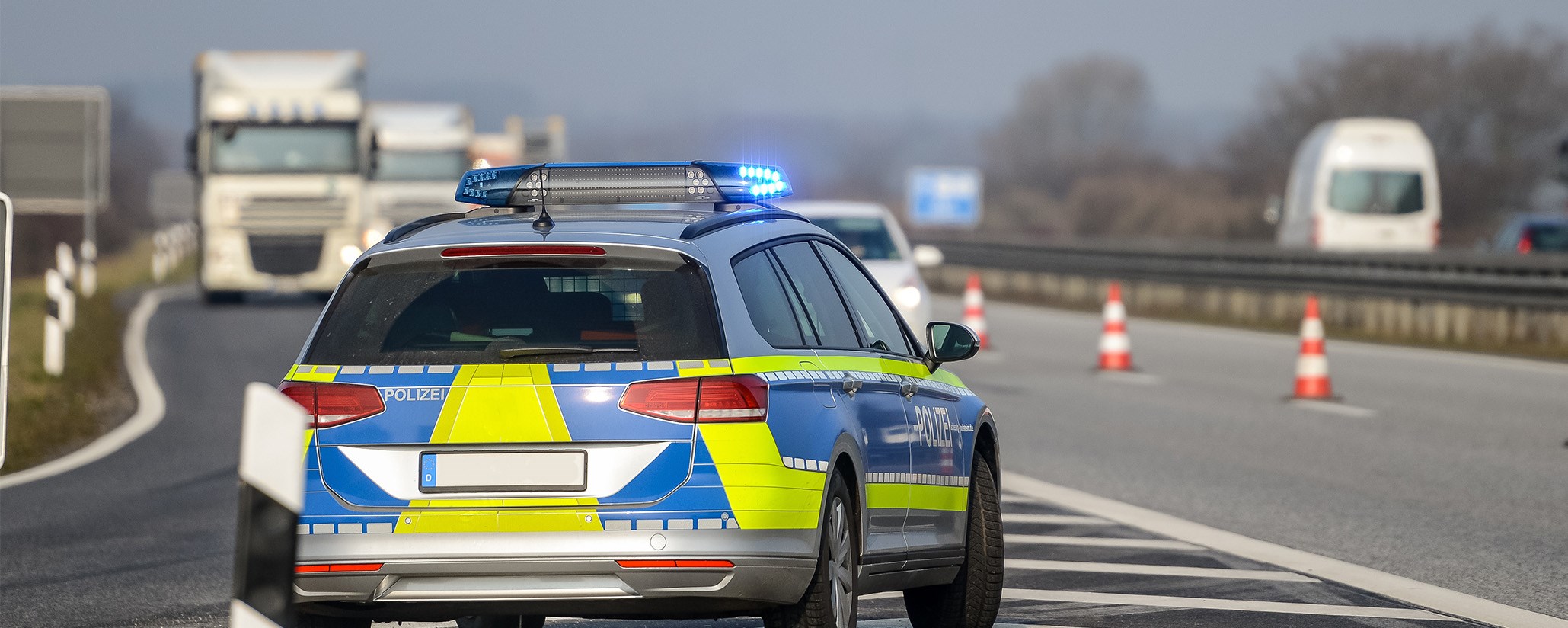With the advent of DTCO 4.0, the collection of tachograph data depends less on the goodwill of the driver, largely avoiding manipulations of this device. But it is necessary that you keep in mind that, if the control authorities do not stop the vehicle, they will not be able to know who the driver is nor will they be able to access the data of his card. However, remotely, they will be able to know whether or not there is a card inserted in the tachograph.
Table of Contents
How, when and why can I be fined without stopping my vehicle?
Since June 15, 2019, wearing the intelligent digital tachograph is mandatory by law in all newly registered commercial vehicles. As you already know, the tachograph is the device that allows us to know the data related to the maximum driving hours and minimum rest hours of each driver, the kilometers traveled and the speed at which the vehicle in question circulates. The first analog models only allowed basic data to be collected, printing a graph on the diagram disks.
With the advent of digital tachographs, everything changed. The application of new technologies to these devices made it possible for data collection to depend less on the "goodwill" of the driver, largely avoiding manipulations; However, the new smart tachographs – which should be present in all vehicles by 2024 – bring important novelties and new possibilities that we must take into account.
In this post, we want to solve your doubts related to sanctions and explain how, when and why, the control authorities can sanction you without stopping your vehicle.
Can I be fined without stopping my vehicle?
The answer is NO. The first thing you should know is that the data transmitted through the DSRC antenna, -dedicated short-range communication- installed on the windshield, can only be used to evaluate possible signs of malfunction or manipulation that, in case of doubt on the part of the authorities, must be checked later.
In this context, I want to make it clear that, if the control authorities do not stop the vehicle, they will not be able to know who the driver is nor will they be able to access the data of his card. However, you should bear in mind that they will be able to know, remotely, whether or not there is a card inserted in the tachograph.
Interested in the new Smart Tachograph?
Find out more in our comprehensive guide
So what data will the police be able to access remotely if I have a smart tachograph?
This interface allows authorities to access 19 vehicle data.
- These include the number plate, speed or date of connection of the tachograph.
- They will also be able to know if there were speeding or if the driver's card is valid, although as I mentioned before, they will not be able to access their data.
- In addition, you should know that the police will also have access to the driver's second card.
This new technology will also remotely allow authorities to know:
- If the card has been inserted while driving
- Motion data fails
- or if there is conflict between them.
Therefore, the authorities will know remotely:
- The current activity of the vehicle (whether at rest or driving)
- The last closed session
- The time adjustment
- Power outage
- The failure of the KITAS 4.0 sensor
- They will also have access to any attempted security breach and the latest calibrations.
Will any manipulations of the tachograph be recorded?
In this case, the answer is YES.
With the new VDO smart tachograph, as with previous versions, any possible alterations will be recorded in the tachograph and in the new KITAS 4.0 speed sensor. In addition, in the new device, additional security elements have been added, both in the tachograph and in the motion sensor.
So, in the event of any attempt at manipulation, a record will remain in the tachograph memory. It may even happen that the motion sensor stops working permanently depending on the degree of manipulation to which it is subjected.
Avoid penalties and fines of the tachograph.
In short, as far as remote controls are concerned, they will not be able to fine us. The authorities must stop our vehicle and verify "in situ" the infringement by examining the tachograph. That is, it is not enough for the device to indicate a problem, it will be necessary to verify that it is real.
What you should keep in mind is that, apart from the fact that we do not have to change the tachograph until 2024, from February 2022 it will be necessary for us to manually register border crossings on international routes if the tachograph does not do so.
As you have seen in this post, the new intelligent digital tachograph brings important changes and novelties that will mark a before and after in road transport. The new device will facilitate the route, accompany you on your trip and avoid penalties.



